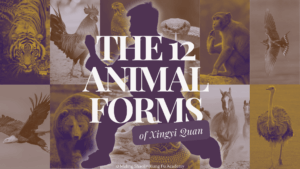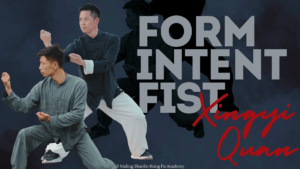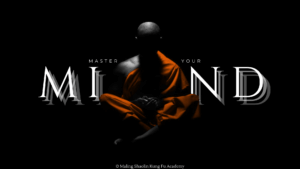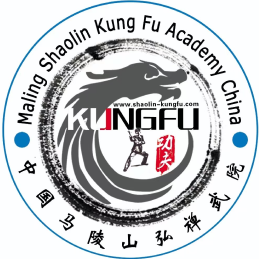Bridging Traditional and Modern Martial Arts
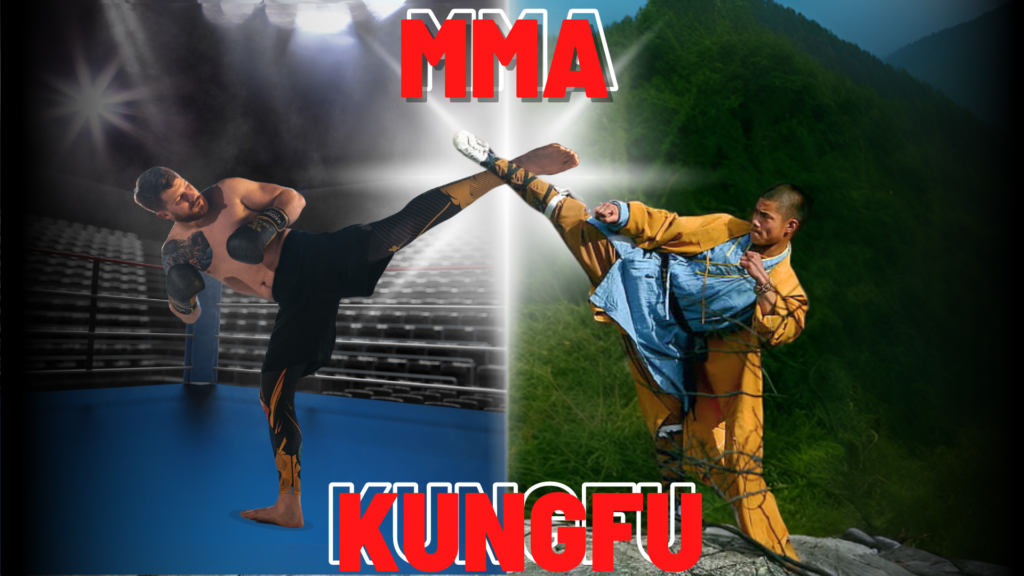
In recent years, Mixed Martial Arts (MMA) has surged in popularity worldwide, captivating audiences with its dynamic blend of striking, grappling, and ground fighting techniques. In China, this global phenomenon has taken root, sparking a fascinating interplay between traditional Chinese martial arts (Kung Fu) and modern combat sports. In this article, we explore the rise of MMA in China and its profound impact on perceptions of traditional martial arts, the integration of Kung Fu techniques in MMA, and how this convergence is fostering connections internationally.
The Fusion of Traditional Kung Fu and Modern MMA
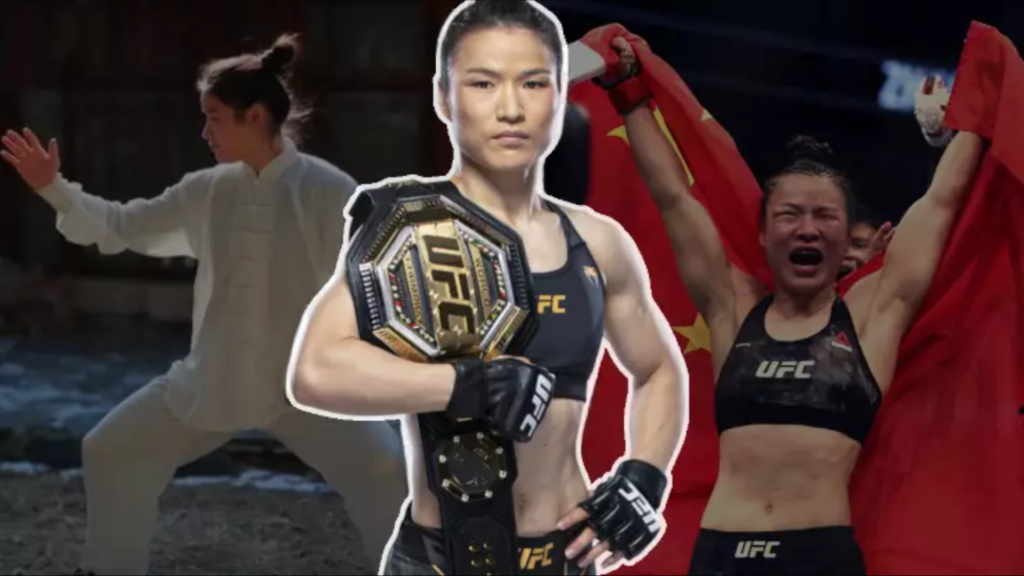
One of the most intriguing aspects of MMA in China is the integration of traditional Kung Fu techniques into the modern combat sport. While MMA is often associated with disciplines like Brazilian Jiu-Jitsu, Muay Thai, and wrestling, Chinese martial arts have begun to carve out a niche within the MMA landscape. Fighters are incorporating elements of Tai Chi, Wing Chun, Sanda, and other Kung Fu styles into their training regimens, blending ancient wisdom with contemporary combat strategies. For example, MMA fighters may utilize Wing Chun’s close-range strikes and trapping techniques or Tai Chi’s fluid footwork and balance control in their bouts, demonstrating the versatility and adaptability of traditional Kung Fu in a modern context. In particular, Weili Zhang utilizes Sanda, also known as Chinese Kickboxing, as well as Shuai Jiao, a traditional Chinese wrestling style. These two disciplines complement each other well, with Sanda focusing on striking techniques such as punches, kicks, and knees, while Shuai Jiao emphasizes throws, takedowns, and grappling techniques. Weili Zhang’s ability to seamlessly blend these two styles has contributed to her success as a well-rounded MMA fighter.
Impact on Perceptions of Traditional Chinese Martial Arts
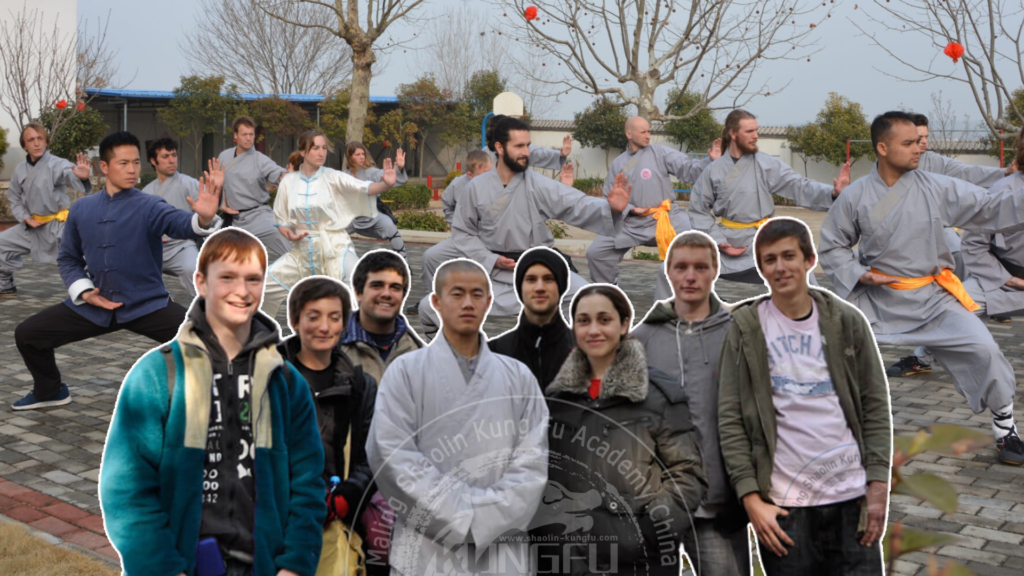
The rising prominence of MMA in China has sparked a broader conversation about the relevance and efficacy of traditional Chinese martial arts in the modern era. While Kung Fu has long been revered for its rich history, cultural heritage, and philosophical underpinnings, it has sometimes faced criticism for its perceived impracticality in real-world combat situations. However, the emergence of MMA has provided a platform for Kung Fu practitioners to showcase the effectiveness of their techniques in competitive settings, challenging stereotypes and revitalizing interest in traditional martial arts. As MMA continues to gain traction in China, traditional Kung Fu is experiencing a renaissance, with renewed emphasis on practical application, adaptability, and cross-disciplinary training methods.
Popularity of MMA vs. Traditional Martial Arts in China
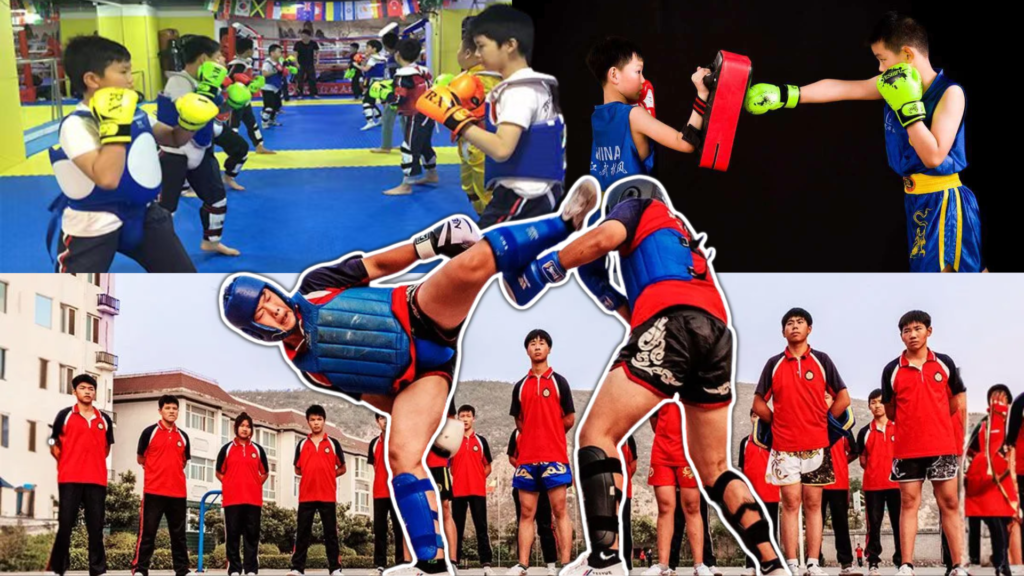
The popularity of MMA in China has surged in recent years, fueled by a growing fan base, increased media coverage, and the success of Chinese fighters on the international stage. Events like the UFC (Ultimate Fighting Championship) and ONE Championship have gained a dedicated following in China, drawing large crowds and generating significant revenue. While traditional martial arts still hold a special place in Chinese culture, and will likely be the primary martial art of choice for many years to come, MMA’s appeal lies in its raw intensity, competitive spirit, and global reach. As a result, many young Chinese athletes are gravitating towards MMA training facilities and seeking opportunities to compete in the sport, reflecting an overall broadening of the martial arts landscape.
Bridging Connections Internationally
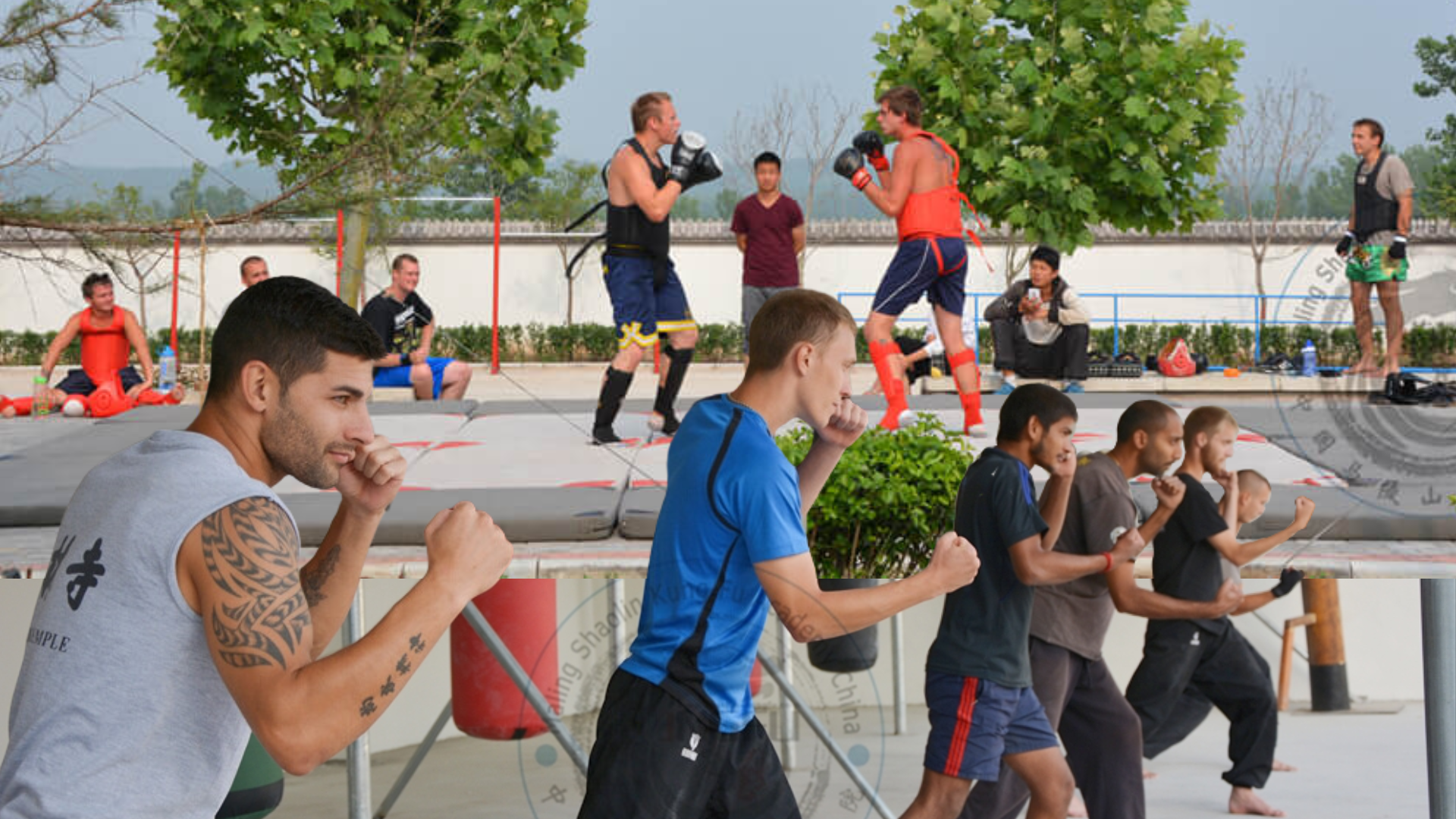
The convergence of traditional Kung Fu and modern MMA in China is not only reshaping the domestic martial arts scene but also fostering connections on a global scale. Chinese MMA fighters, armed with a diverse skill set that blends traditional and contemporary techniques, are making waves in international competitions, garnering attention and respect from fighters around the world. Conversely, foreign MMA practitioners are increasingly drawn to China to study Kung Fu at its source, seeking to deepen their understanding of traditional martial arts and incorporate them into their training. This exchange of knowledge and expertise is bridging cultural divides, promoting mutual understanding, and enriching the global martial arts community.
Conclusion
The rise of MMA in China represents a fascinating convergence of tradition and modernity, as traditional Kung Fu techniques find new expression in the arena of competitive combat sports. Through the integration of Kung Fu into MMA and the global exchange of martial arts knowledge, China is playing a pivotal role in shaping the future of martial arts on a global scale. As MMA continues to thrive in China and beyond, the boundaries between traditional and modern martial arts are blurring, paving the way for a new era of innovation, collaboration, and cross-cultural exchange in the world of combat sports.

